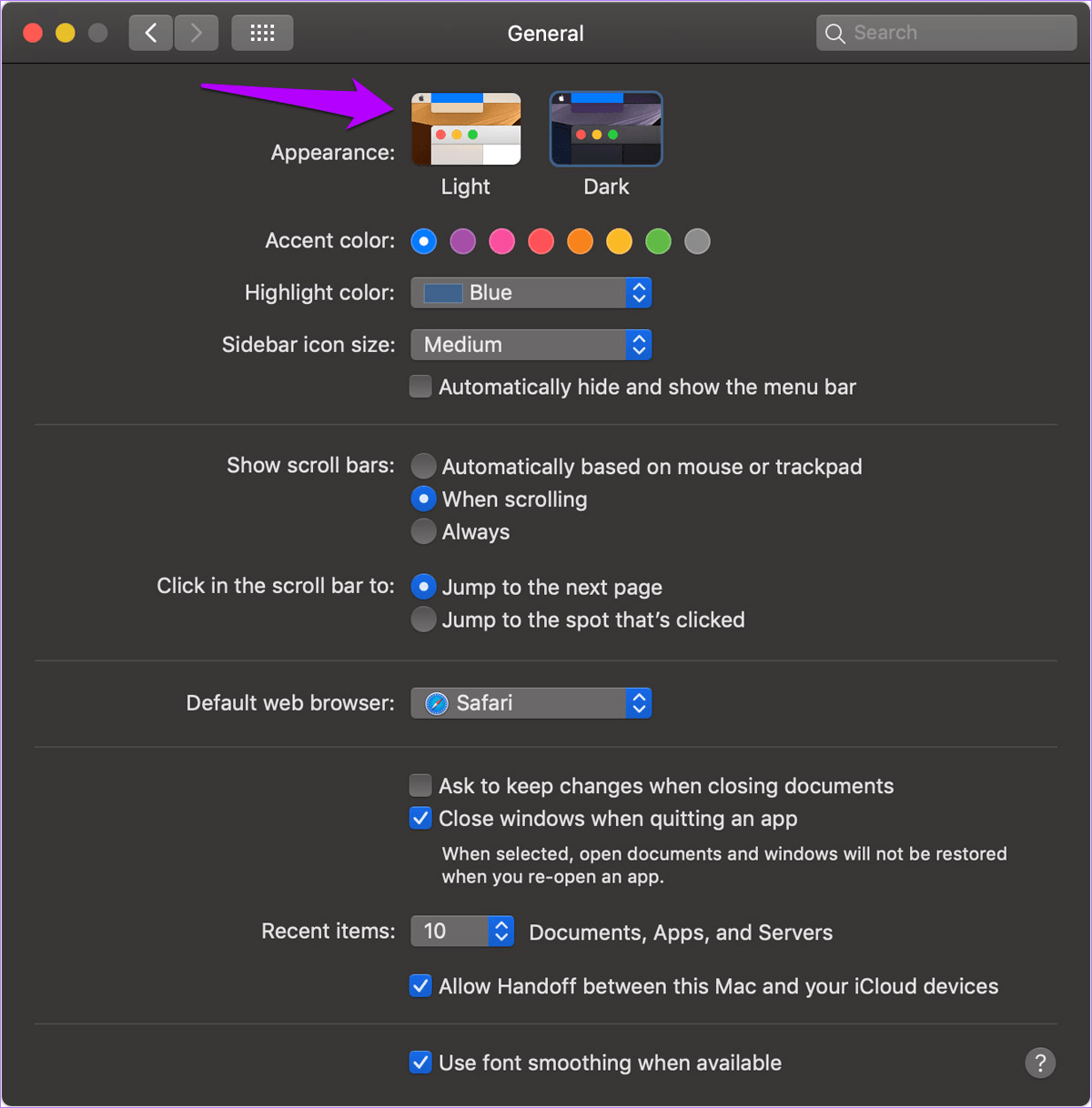Dec 10, 2018 If you are a Google Chrome user, you might have noticed that the web browser still lacks support for macOS Mojave’s dark mode. This is disappointing however things are about to be changed for the better, as support for macOS’s dark mode might finally be coming in early 2019. The Bottom Line. Mojave is Apple's spectacular-looking update to macOS. A new Dark Mode, Finder enhancements, and an improved App Store are just a few of the standout features.
- Chrome Dark Mode For Macos Mojave 7
- Chrome Dark Mode For Macos Mojave 10
- Chrome Dark Mode For Macos Mojave Ca
- Chrome Dark Mode For Macos Mojave 10
- Chrome Dark Mode For Macos Mojave 2
MacOS Mojave has a host of new features, some of them designed to improve security and privacy, others designed to make it more useful, and yet more that are there purely to make it more fun. Dark mode falls into another category — it’s supposed to make macOS more comfortable for some users.
What is Dark Mode in Mojave?
It’s a user interface adjustment that makes menu bars, menus, backgrounds, and other parts of the OS that would normally be light grey or white black. It inverts the background and text so that the latter is white. Unlike the dark mode introduced in macOS Yosemite, the Mojave version doesn’t just work with the menu bar and Dock in the Finder. It works with apps, too. Naturally, Apple’s own apps like Photos and iTunes support Dark Mode, and photos in the Photos app really stand out when you use it. Because it works with apps, it needs third-party developers to explicitly add support for it in order that they work in Dark Mode.
Mar 12, 2019 Chrome 73 has been in beta testing since February, with several new features included. On macOS Mojave, Chrome 73 introduces support for Dark Mode.
How to activate Dark Mode in Mojave
Currently there’s now macOS Mojave dark mode shortcut, so the only way to activate dark mode is to use System Preferences.
1. Go to the Apple menu and choose System Preferences
2. Click on the General pane
3. Next to Appearance, click Dark
4. Quit System Preferences
How to turn off Dark Mode in Mojave
1. Launch System Preferences from the Apple menu, the Dock or by launching Spotlight (Command + spacebar) and typing “System Preferences”
2. Choose the General pane /fair-adblocker-for-macos.html.
3. In the Appearance section, select Light
4. Quit System Preferences
Why don’t all apps work with Dark Mode?
Many apps already support Dark Mode and you’ll notice them change as soon as you switch it on. Others need to be updated by their developer in order to support it, and that will happen over the next few months. A third category, those whose user interface doesn’t lend itself to being viewed in Dark Mode may never support it.
Sadly, there’s currently no macOS Mojave shortcut to make it quicker to turn it on or off nor anyway to invoke macOS mojave dark mode automatically.
Dynamic desktop background

Related to Dark Mode are the new dynamic desktop backgrounds in Mojave. Currently, there are two of these: Mojave and Solar Gradient. These backgrounds change color throughout the day, in sync with the rise and fall of the sun wherever in the world you are.
1. Launch System Preferences
2. Choose Desktop & Screensaver
Chrome Dark Mode For Macos Mojave 7
3. Choose one of the two options from the Dynamic Desktop section
Chrome Dark Mode For Macos Mojave 10
4. Make sure the menu is set to Dynamic
5. Quit System Preferences
Chrome Dark Mode For Macos Mojave Ca
Monitor your Mac’s health
The new features in macOS Mojave put additional strain on resources like your Mac’s RAM and CPU. You can monitor the health of these resources in CleanMyMac’s menu bar item, along with other indicators like battery life, how much is in the Trash, and whether applications are consuming more than their fair of resources. If it’s not already enabled, you can enable it in CleanMyMac by going to Preferences and clicking on the Menu tab.
Chrome Dark Mode For Macos Mojave 10
Dark Mode is a great addition to macOS and is very easy to switch on and off, although it could do with a keyboard shortcut to toggle it.